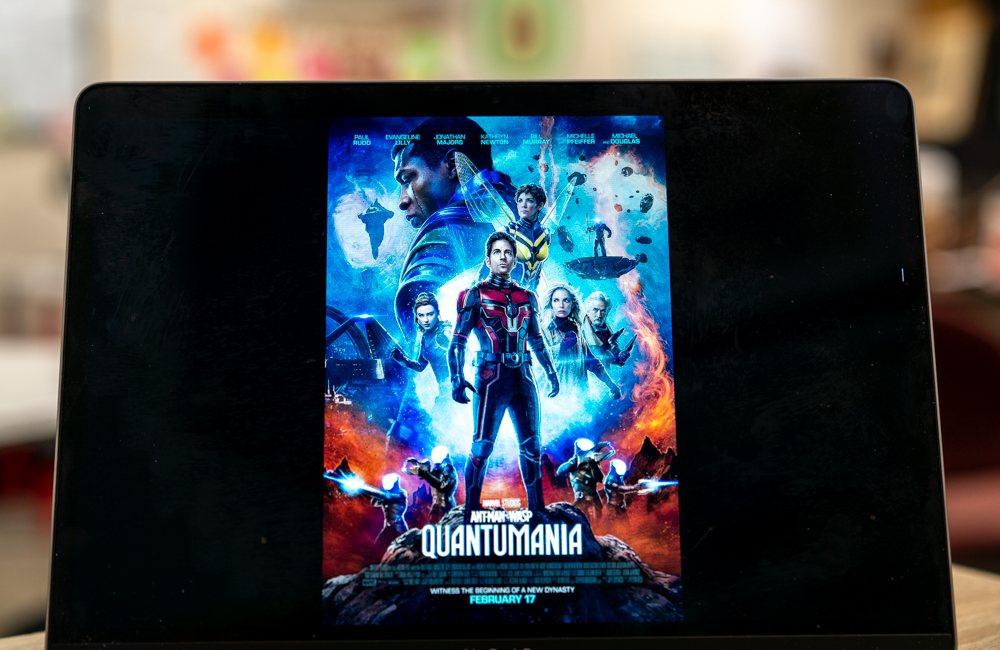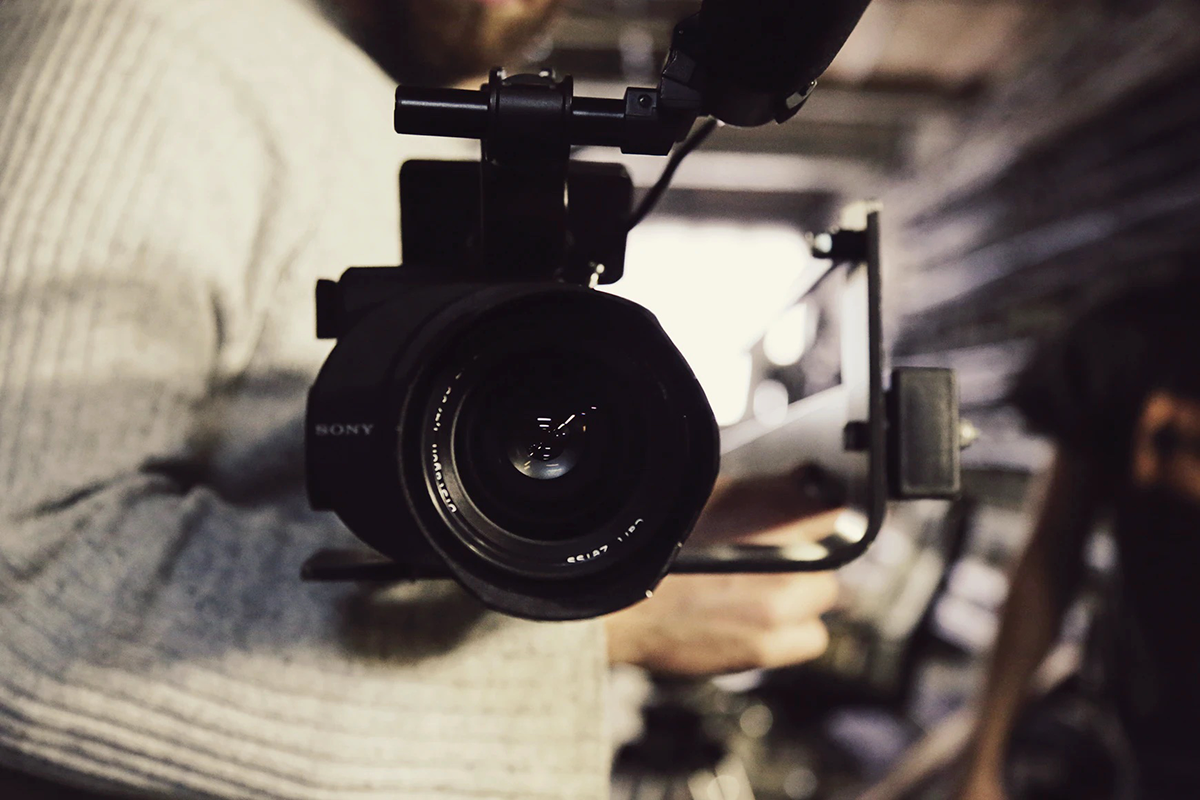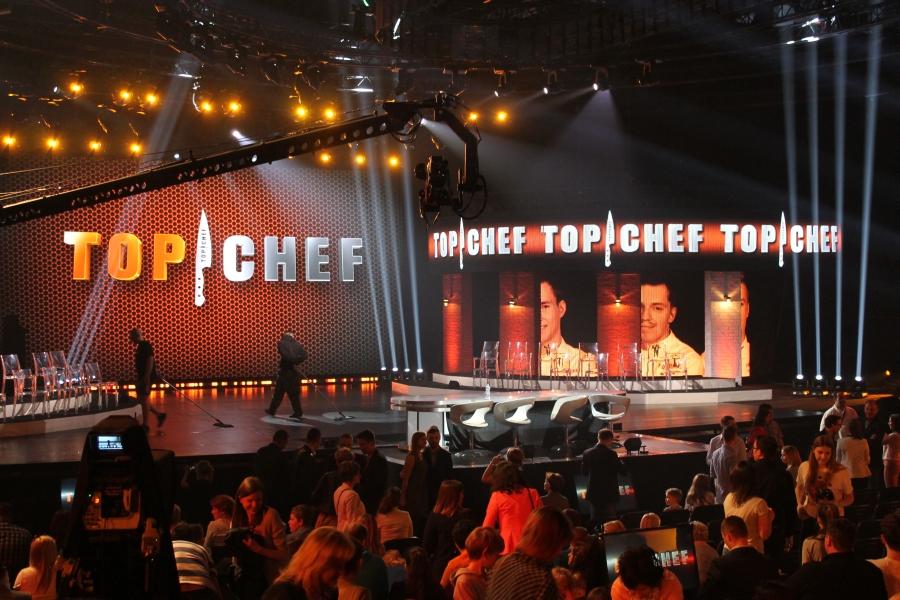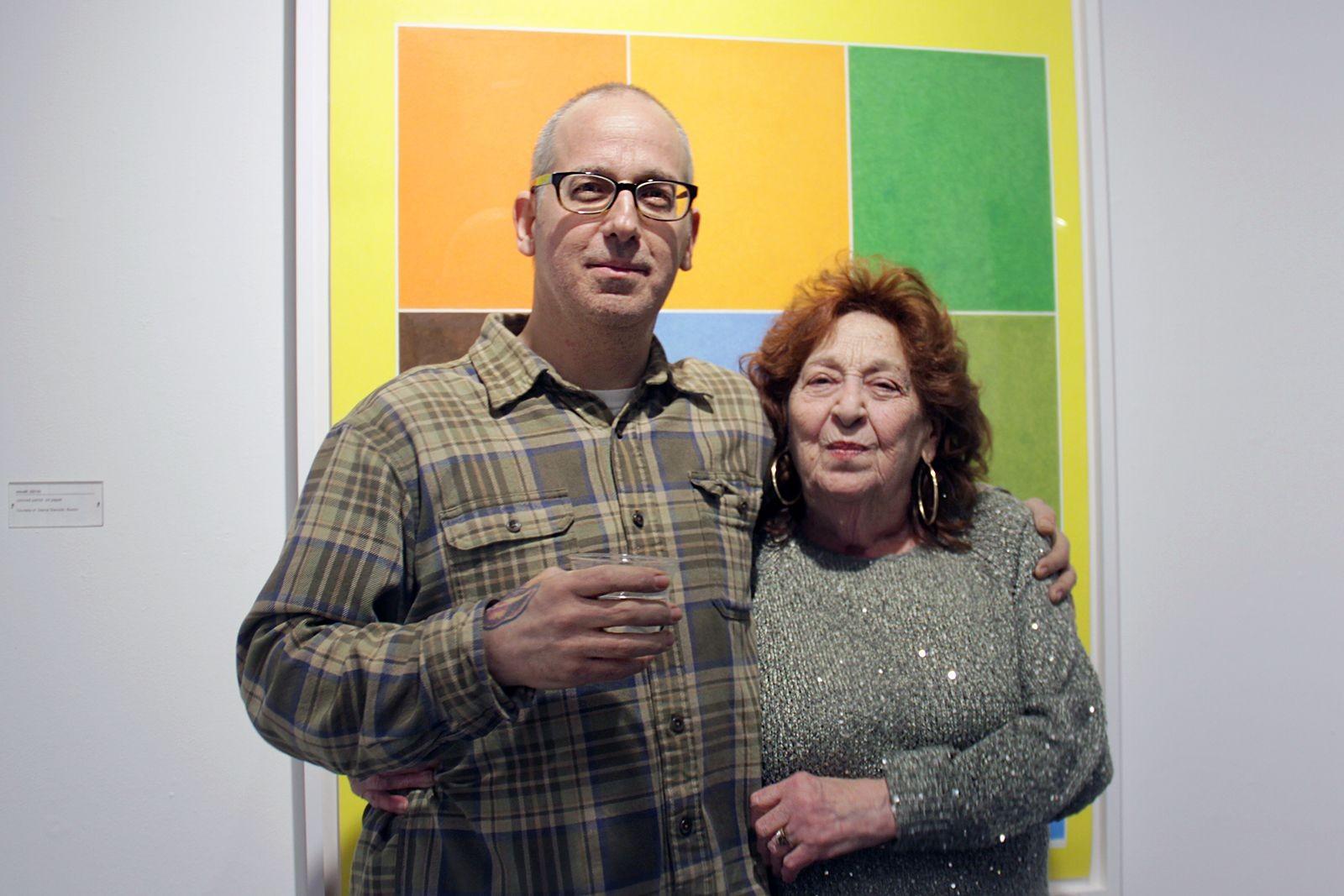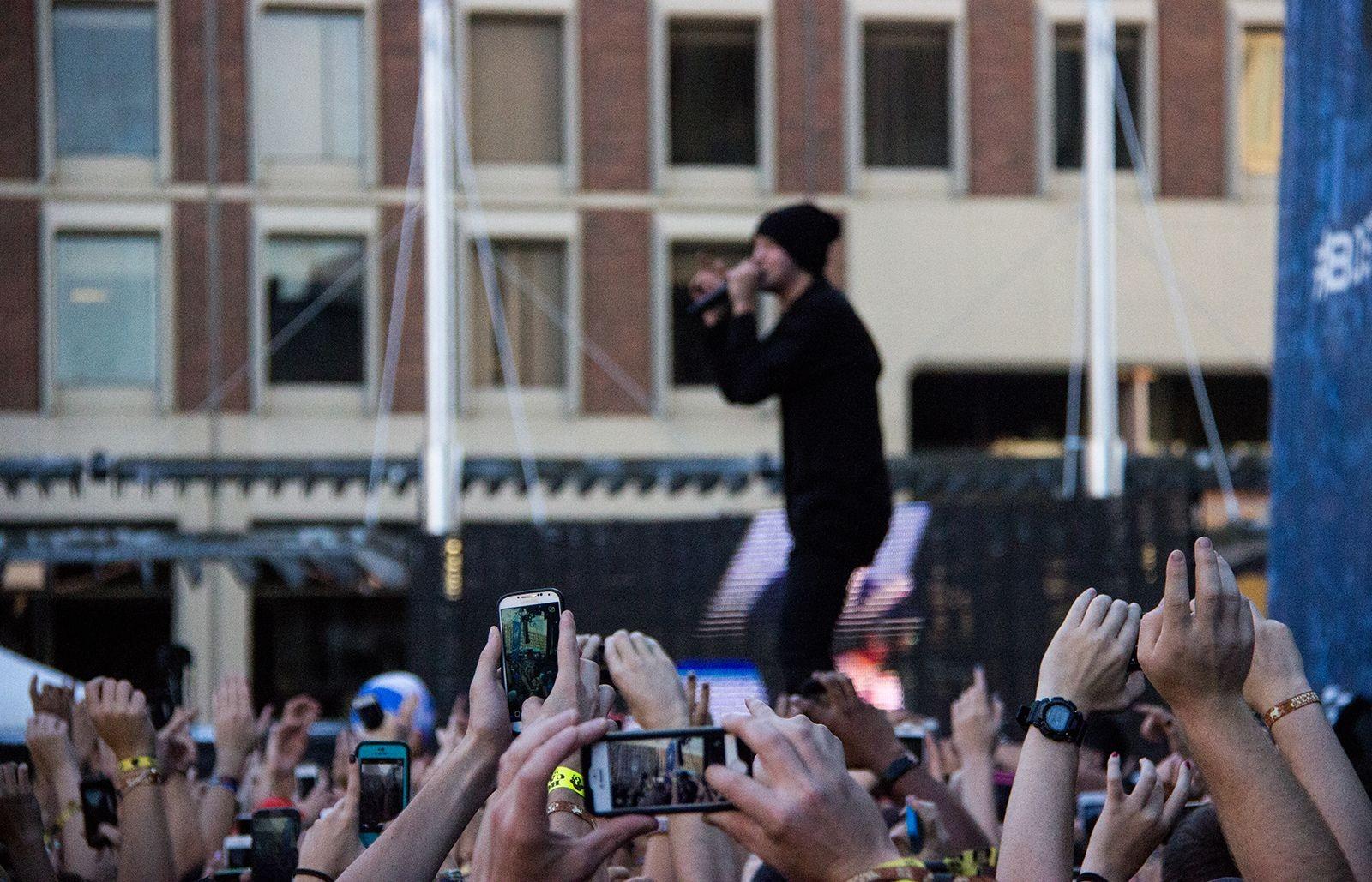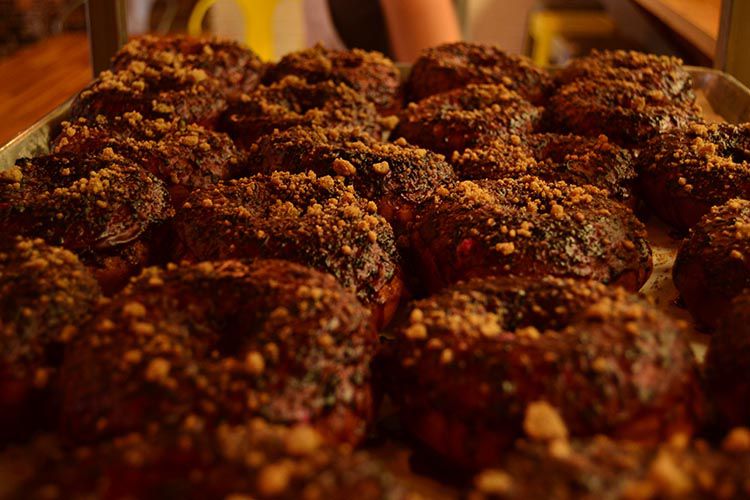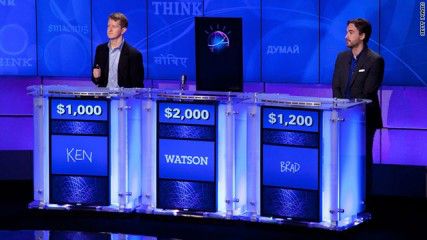 This week, Jeopardy was host to an unusual guest playing its classic TV-trivia game. A supercomputer, named Watson and designed by IBM, came to take on two of the most famous (and intimidating) alumni the show has to offer – Ken Jennings and Brad Rutter.
This week, Jeopardy was host to an unusual guest playing its classic TV-trivia game. A supercomputer, named Watson and designed by IBM, came to take on two of the most famous (and intimidating) alumni the show has to offer – Ken Jennings and Brad Rutter.
The three-part series has been less of a contest and more of a learning experience for those unfamiliar with the technology. Pairing segments of questions and answers with informational clips, the show does a terrific job of explaining the wonder and might behind a computer as powerful and impressive as Watson. Not only are the basic inner workings explained to those curious minds tuning in, but IBM stresses the idea of how incredibly important this new technology is in a world of information overload. While there is so much knowledge available, and more every day, it’s often impossible to glean the important from the unnecessary. This kind of development shows the potential of information organization and could be key in even greater advances in our future.
The multiple servers and processors needed to run the complex program fills an entire room. As space behind the iconic contestant podiums is limited, a special avatar was developed to represent Watson on stage. Using the IBM symbol as a base, the avatar reacts to questions and answers as a human would through a series of orbiting colors on its “face.” When it’s confident and feeling good about an answer, it’s green and fast moving; when unsure or when it responds with a wrong answer it looks sheepish, with slow swirling orange orbits around its base.
In addition to the avatar, each time Watson answers, a pop-up graphic at the bottom of the screen displays Watson’s top three answers, as well as its certainty of each answer in percentage. It’s fascinating to watch what it’s sure of and what it doesn’t know, as well as its other ideas for possible answers.
Both Watson’s creators and Jeopardy producers were unsure of just how the contest would play out. In previous rounds, Watson had done both fantastically and poorly, given the subject matter. But each game that the computer plays, it learns more. By the time Watson took the stage in front of a live audience, he was certainly ready (although not without a few kinks).
The first night proved interesting. Brad and Ken were able to get a few answers in and Watson looked mighty, but not infallible. A few of his weaknesses were highlighted, one of which being his inability to hear his competition. When Ken provided an incorrect answer and Brad hesitated, Watson responded with the exact same wrong answer as Ken, and immediately fell into his sheepish orange glow. At the end of the night, Brad and Watson were tied for first with $5,000, with Ken trailing closely behind.
Things really heated up in Double Jeopardy, though. Watson was on an unstoppable roll, answering almost every question and leaving no time for his opponents to respond. Half the fun from the second night was watching the human players writhe in anger as they were bested by a machine on national television. The final tally from a two-night single round of Jeopardy left Watson in the lead with $35,734. Brad nabbed second with $10,400 with Ken still pulling in third with $4,800.
The final Jeopardy was certainly a moral victory for the two mortal contestants. When asked to provide a U.S. city with specifically named airports, both Brad and Ken were correct with their answer “Chicago” but Watson took a guess and offered “Toronto” with a series of question marks to express how very unsure he was.
If you missed the series, be sure to catch it online where available. For those who managed to see it and are wanting more, I highly recommend the PBS Nova special about the challenge and about Watson’s creation and programming.


















































































































